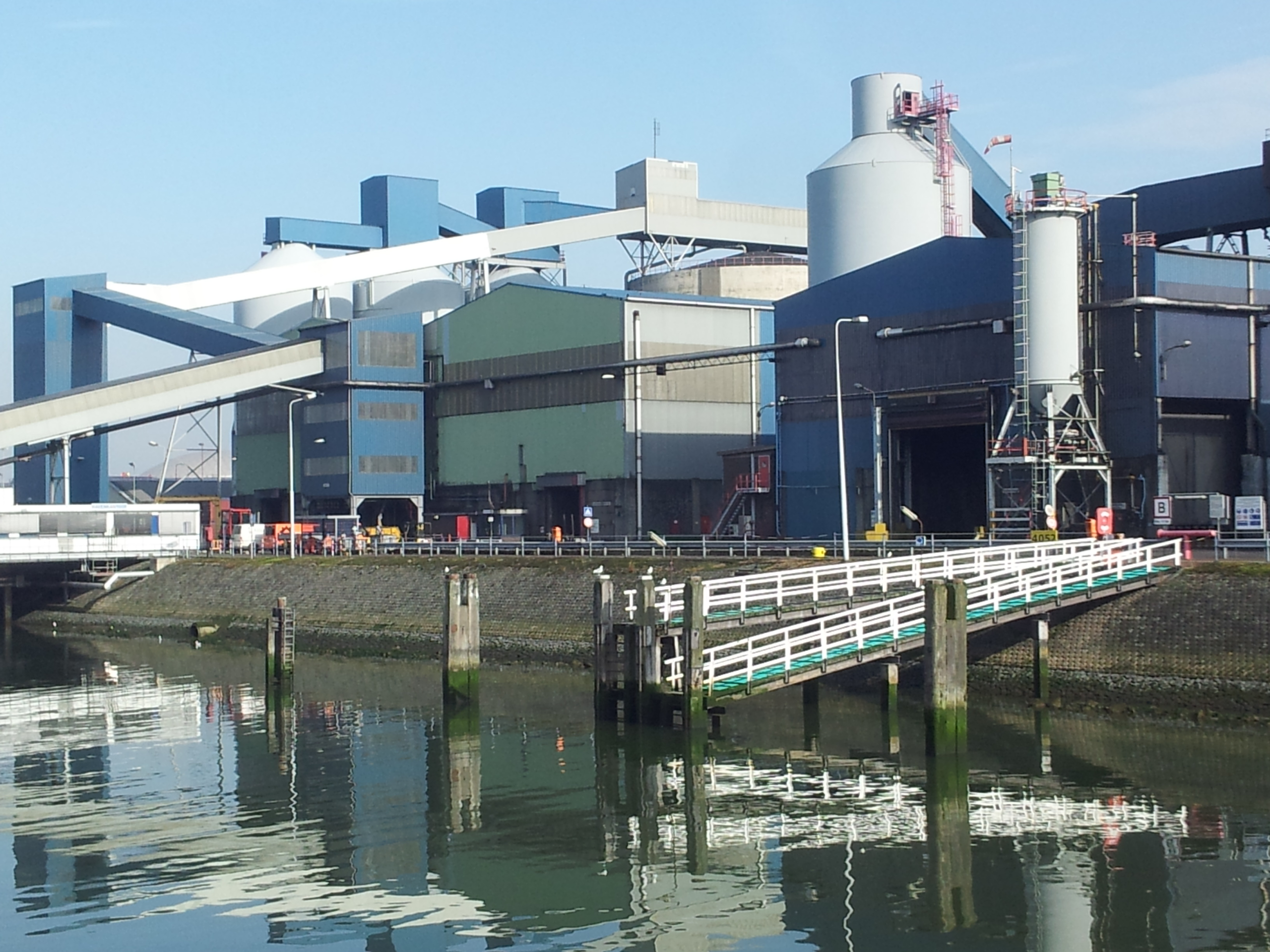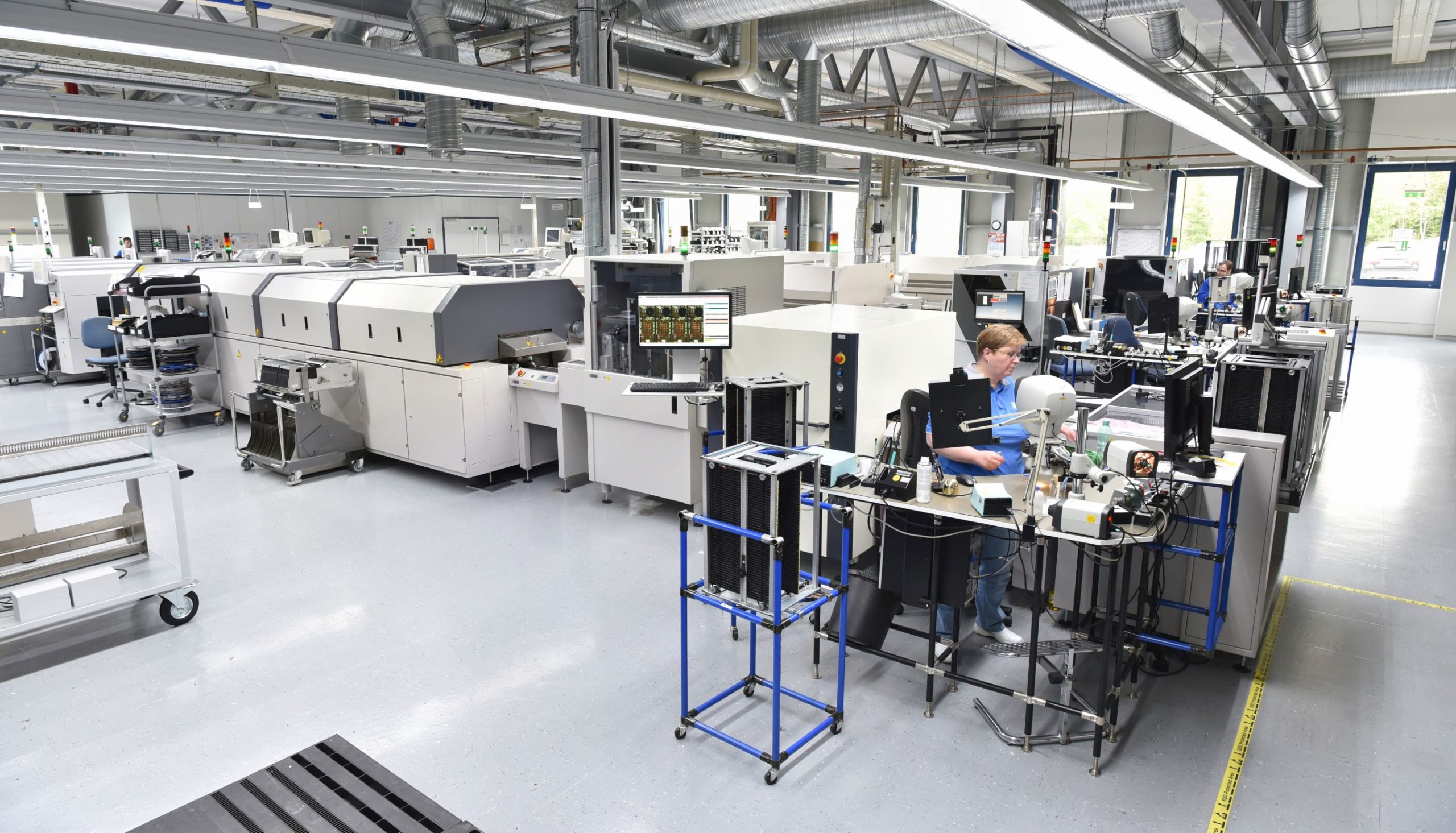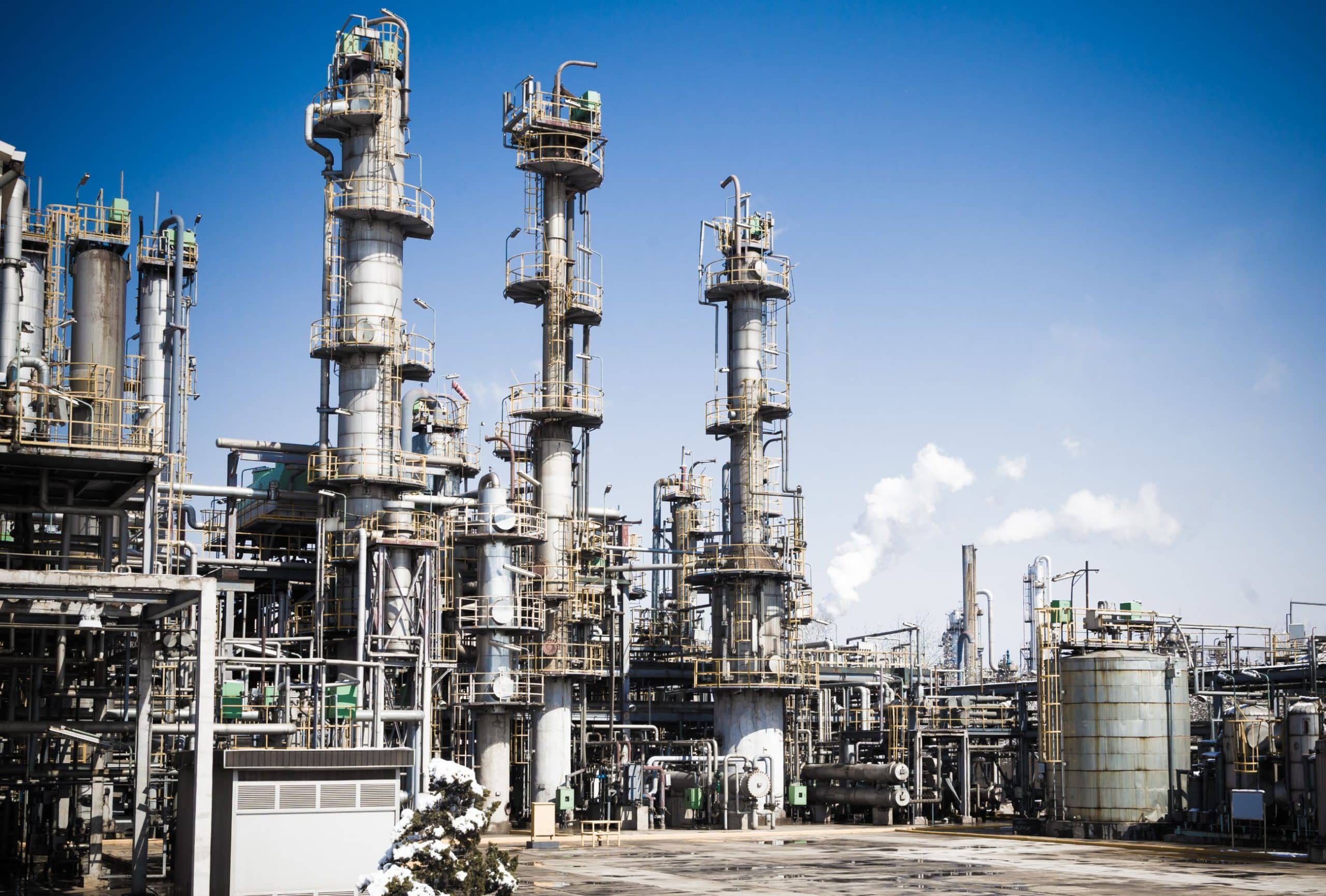Challenge
A supplier of consumables to the aluminium-smelting industry saw itself moving rapidly from being a successful and profitable business to an organisation in crisis. The business had been struggling with high-cost pressures and its ability to make product at a commercially viable price. It had taken drastic action to endure a previous market downturn by slashing costs across the organisation and cutting deeply into the industrial CAPEX budget in order to survive. As a result of these draconian measures, the
business had survived the worst of the recession. Unfortunately, the depth and breadth of the cuts necessary to save the business had left it unable to respond effectively to the upturn and a return to previous volume levels.
As operational problems multiplied, delivery reliability fell and clients started to become nervous. The company began to incur high costs due to extra shipping costs, and inventory started to erode. Temporary labour levels were increasing quickly and this was having a detrimental effect on efficiency. The company now had another threat to its survival and needed to respond quickly. Axisto was asked in to help turn things around. The company wanted an action-oriented engagement with the focus on supply chain reliability.
Approach
Having talked with people in the various departments and at all the levels in the business, we immediately felt the tension in the organisation. It became clear that we needed firstly to clear the deck. This organisation was in desperate need to get into a dialogue with each other before starting to investigate the operational issues. Therefore, we decided to conduct a full-scale cultural assessment. This is not something we often do when beginning a project, but it felt the right thing to do in this
environment. We interviewed 167 people – almost half the organisation. The results were scary. The only fitting description of the situation was that the organisation was on the brink of imploding. We had never before faced a situation like this. The gap between what the people needed/wanted and how they perceived day-to-day reality was massive. The gap between management and shop
floor was huge. There was a total lack of trust, and the organisation acted like a cluster of many little islands. Management by fear was the norm.
We organised a series of dialogue sessions with groups across various sections of the organisation. There was a member of the management team involved in each of the sessions. This process enabled us to develop a basis for cooperation where we could start to address the operational issues. The way we moved forward was transparent, interactive and reflective. Gradually, we began to influence the situation, and little successes were booked. The people started to trust us and felt that they were being listened to. This is when we began to pick up momentum.
Shift leaders started to work at home on developing tools for collecting information to help them do their job better. We moved to a stage where we could co-develop an inspiring operational vision and reflect on the current performance in the context of this vision and the employees’ own ambitions.
It soon became clear that the poor supply chain performance was due to a low production plan attainment – the main cause of which was poor equipment availability and reliability. This meant that the project focussed on the performance of the maintenance department and the cooperation between maintenance and production. The improvement project was built around five main areas: culture and behaviour; communications; production management system; maintenance management system; and equipment reliability.
The whole management team was supportive and engaged. They took this very seriously and were actively involved in conversations directed at getting a genuine understanding of the underlying issues. The culture and behaviour work stream was
a powerful lever in getting the employees throughout the organisation to support the improvement programme.
Employees felt that there was a lack of performance feedback and they were confused about what targets the production and maintenance functions were trying to achieve. Therefore, one of the first things we needed to do – with the people who worked in these functions – was to design a new performance management framework.
Together, we worked to create more transparent reporting of the shift-by-shift production performance, with proper reporting of breakdowns and maintenance performance. A lot of focus was put on improving the way production and maintenance worked together. They needed to change their behaviours in terms of how they planned their work, how they reported their progress against plan and how they kept things on track by taking timely corrective actions.
The teams made good progress in implementing Total Productive Maintenance. Equipment criticality was defined, planned maintenance routines were developed and a maintenance master plan was designed. Reporting and communication between maintenance and production were brought to an effective level. We embarked on an initiative to restore proper operating conditions for the equipment and introduced 5S throughout the factory as well as in the maintenance workshop.
By the end of the ten-month project, the overall atmosphere in the plant had vastly improved and major operational improvements had been achieved, but there was still a lot to do. Together with the client, we designed an improvement plan to take them to the next level and, having had the coaching from Axisto in phase one, the employees were able to deliver this without any additional help from us.
Results
- €9 million annualised financial benefits
- 73% Improvement of production plan attainment.
- 13% More output.
- 20% Higher Maintenance productivity
- An impressive improvement in the ’employee engagement survey’ score.
“You were the seventh lot of consultants in a row, and none of your predecessors
had changed the terrible situation we were in. I never believed you would succeed, but you did – and how!”– Shift Supervisor, Production
The vast improvement in plant performance restored the trust of the divisional management team in the site. Consequently, they released the necessary funding to upgrade both the site and its equipment. Axisto was invited to support the implementation of future improvements plans.






